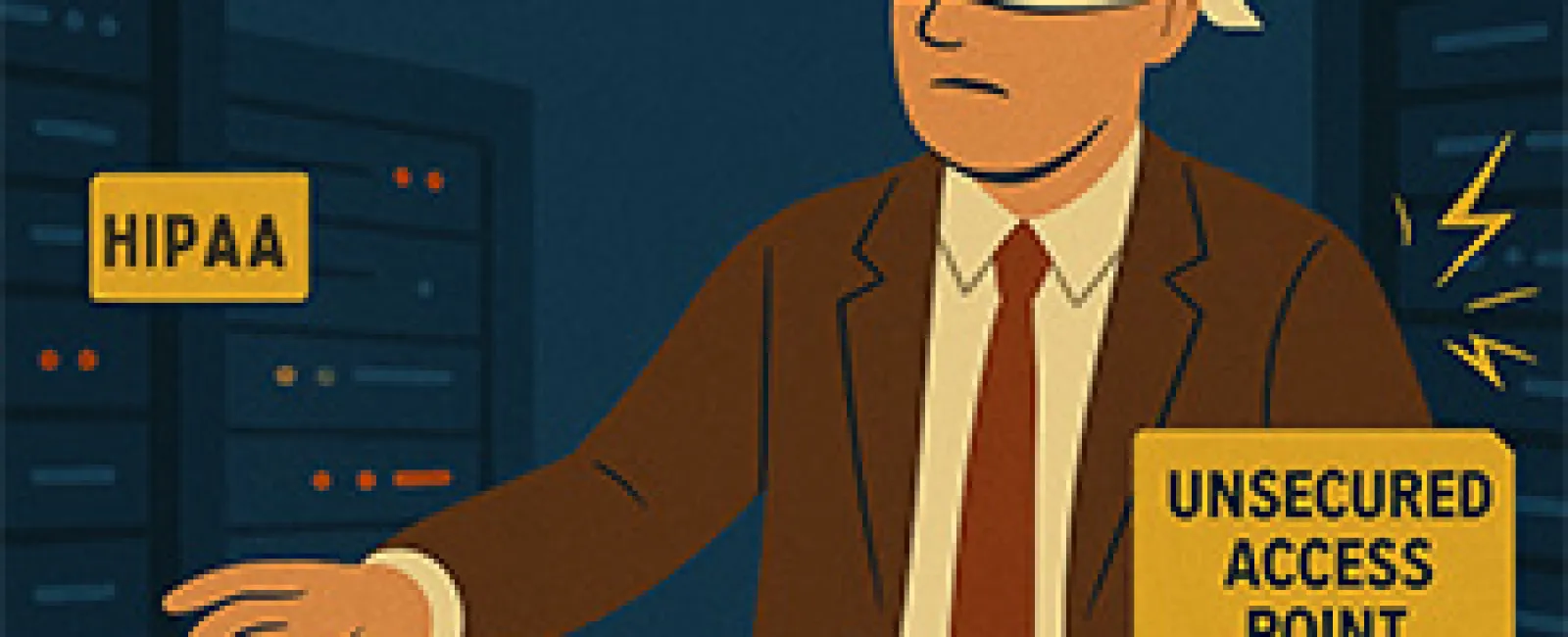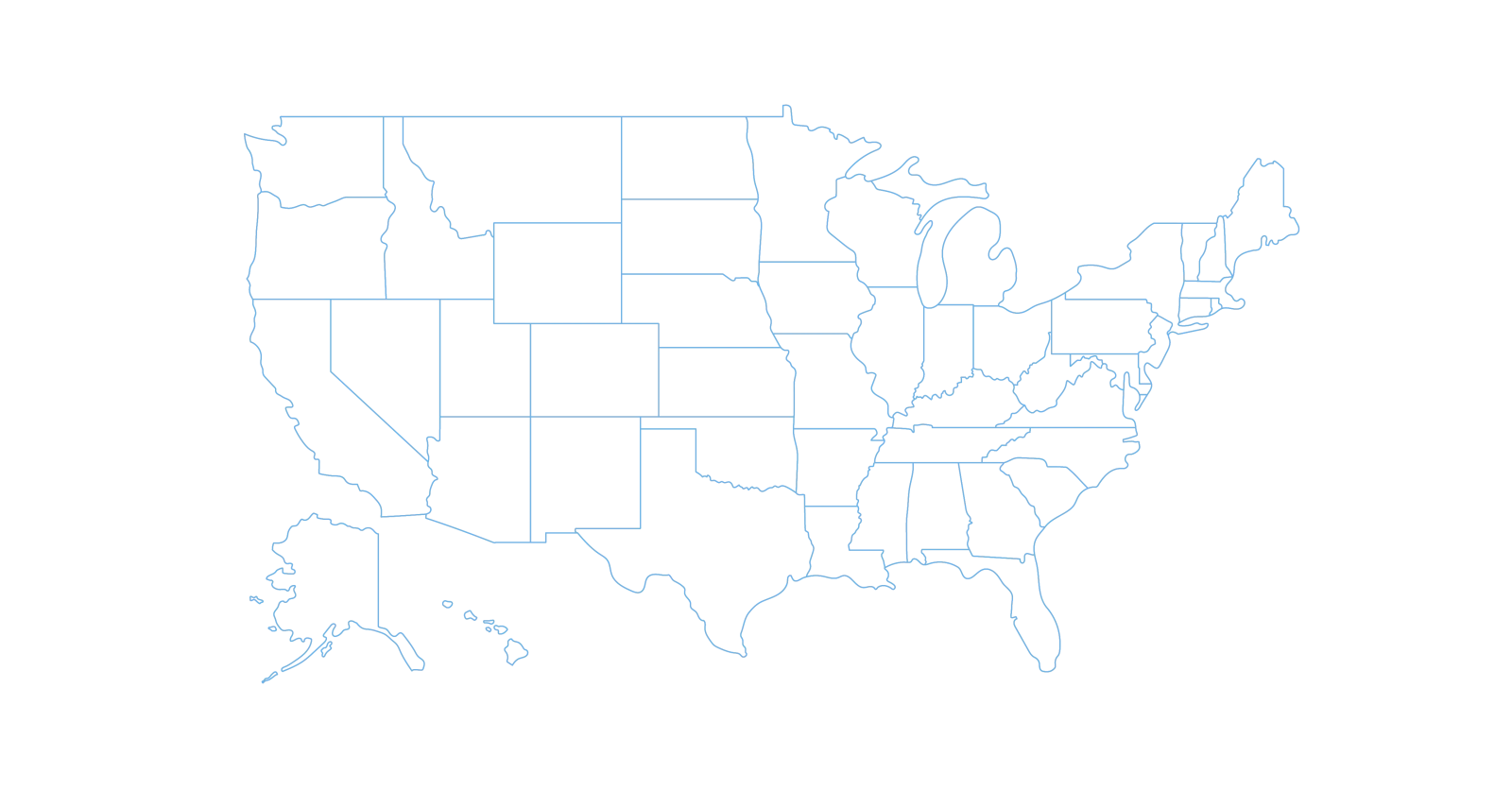July 14, 2025
Many Mac-based small business owners often believe that regulatory compliance concerns only apply to large corporations. However, in 2025, this misconception is far from reality. As regulations tighten across industries, small businesses using Mac systems are increasingly targeted by compliance enforcement agencies.
Why Compliance Matters More Than Ever
Regulatory bodies such as the Department of Health and Human Services (HHS), Payment Card Industry Security Standards Council (PCI SSC), and the Federal Trade Commission (FTC) have heightened their focus on data protection and consumer privacy. Noncompliance isn't just a legal issue—it poses significant financial and reputational risks that can severely impact small Mac-based businesses.
Key Regulations Affecting Mac-Based Small Businesses
1. HIPAA (Health Insurance Portability and Accountability Act)
If your Mac-based business handles protected health information (PHI), HIPAA regulations apply. Recent updates stress:
- Mandatory encryption of electronic PHI on all devices, including Macs.
- Regular risk assessments to detect vulnerabilities in your Mac environment.
- Employee training tailored to Mac security and privacy protocols.
- Incident response plans designed to address potential data breaches involving Mac systems.
Failure to comply can lead to substantial fines. For example, in 2024, the HHS fined a small healthcare provider $1.5 million for insufficient data protection, highlighting the importance of securing Mac devices properly.
2. PCI DSS (Payment Card Industry Data Security Standard)
Any Mac-based business processing credit card payments must follow PCI DSS requirements, including:
- Secure storage of cardholder data on Macs using encryption and secure file systems.
- Regular monitoring and testing of networks that connect to Mac devices.
- Firewalls and encryption protocols compatible with macOS.
- Access control measures to limit data access on Macs and associated systems.
Noncompliance can result in fines ranging from $5,000 to $100,000 per month, depending on the violation's severity and duration.
3. FTC Safeguards Rule
Mac-based businesses collecting consumer financial information must:
- Develop a written information security plan that incorporates Mac-specific security features.
- Assign a qualified individual knowledgeable in macOS security to oversee safeguards.
- Conduct regular risk assessments focused on Mac device vulnerabilities.
- Implement multifactor authentication (MFA) compatible with Mac systems.
Violations may lead to penalties up to $100,000 per incident for the business and $10,000 for responsible individuals.
Real-World Consequences Of Noncompliance
Consider a small medical practice running Mac systems that fell victim to a ransomware attack due to outdated security protocols. They faced a $250,000 fine from the HHS and lost patient trust, causing a sharp decline in clientele. This example underscores the importance of taking control of your Mac-based data and security.
Steps To Ensure Compliance
- Conduct Comprehensive Risk Assessments: Regularly evaluate your Mac systems to identify and fix vulnerabilities.
- Implement Robust Security Measures: Use macOS encryption, firewalls, and MFA to safeguard sensitive data.
- Train Employees: Educate your team on compliance requirements and Mac-specific security best practices.
- Develop An Incident Response Plan: Create a clear action plan for potential breaches involving Mac devices.
- Partner With Compliance Experts: Work with professionals experienced in Mac environments to navigate regulatory complexities.
Don't Wait Until It's Too Late
Compliance is not just a legal duty; it's essential for maintaining your Mac-based business's integrity and long-term success. Ignoring these requirements can lead to severe financial penalties and lasting damage to your reputation.
Ready To Assess Your Compliance Posture?
We offer a FREE 15-Minute Discovery Call
to help you identify potential vulnerabilities and ensure your business meets
all regulatory requirements. Don't let a compliance blind spot jeopardize your
success.
Click here or give us a call at 877-622-7911 to book your FREE 15-Minute Discovery Call now.











